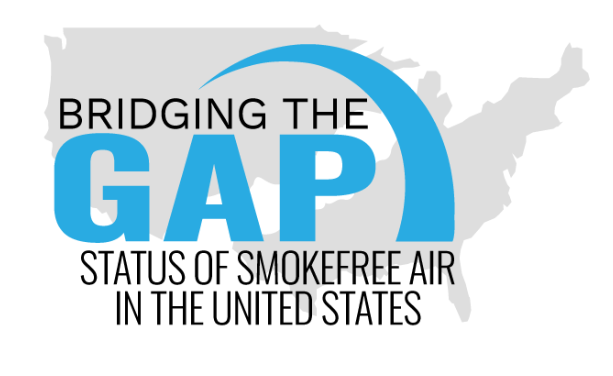Hospitality Workers are Paying the Price
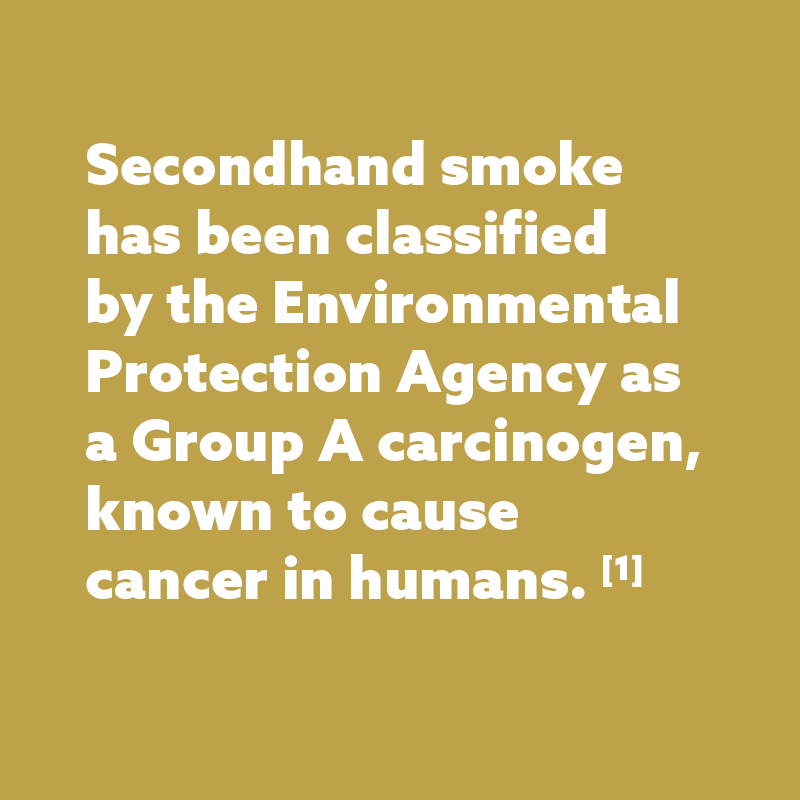
Nevada is the seventh largest of the 50 states, but is one of the most sparsely populated. Carson City is the capital, but Las Vegas is the state’s largest city. Nevada is home to over 200 casinos; most of which still permit indoor smoking. However, several casinos in the state implemented smokefree policies during COVID and have remained non-smoking including Park MGM on the Vegas strip and the Gold N’ Silver Inn in Reno. Nevada falls behind 20 states that include commercial casinos and gaming facilities in smokefree statewide workplace laws.
- 62.3% of Americans enjoy comprehensive smokefree protections in all public places and workplaces, including restaurants and bars. In contrast, no one in Nevada is protected by this type of smokefree law. [2]
- Nevada ranks 40th out of 50 and 42nd in Non-smoking Regulations, according to the United Health Foundation’s “America’s Health Rankings Annual Report.” [3]
- 41,000 Nevadans currently under the age of 18 are projected to die of tobacco-related disease. [4]
- Smoking costs $1.08 billion in annual health care costs and an estimated $1.09 billion in lost productivity. [4]
- Opposition from tobacco and gaming industries at the state and local level has prevented the adopting of strong life-saving smokefree laws.
- Nevada legalized recreational marijuana in 2016 and is considering planning for cannabis consumption lounges which could include food service establishments.
Preemption Status:
Not Preempted
State law does not preempt local governments from adopting smokefree air laws. Preemption refers to situations in which a law passed by a higher level of government takes precedence over a law passed by a lower one. In such cases, preemptive state laws set a ceiling, rather than a floor, and do not allow local authorities to enact strong local laws.

Bar and Gaming Hospitality staff are exposed to secondhand smoke
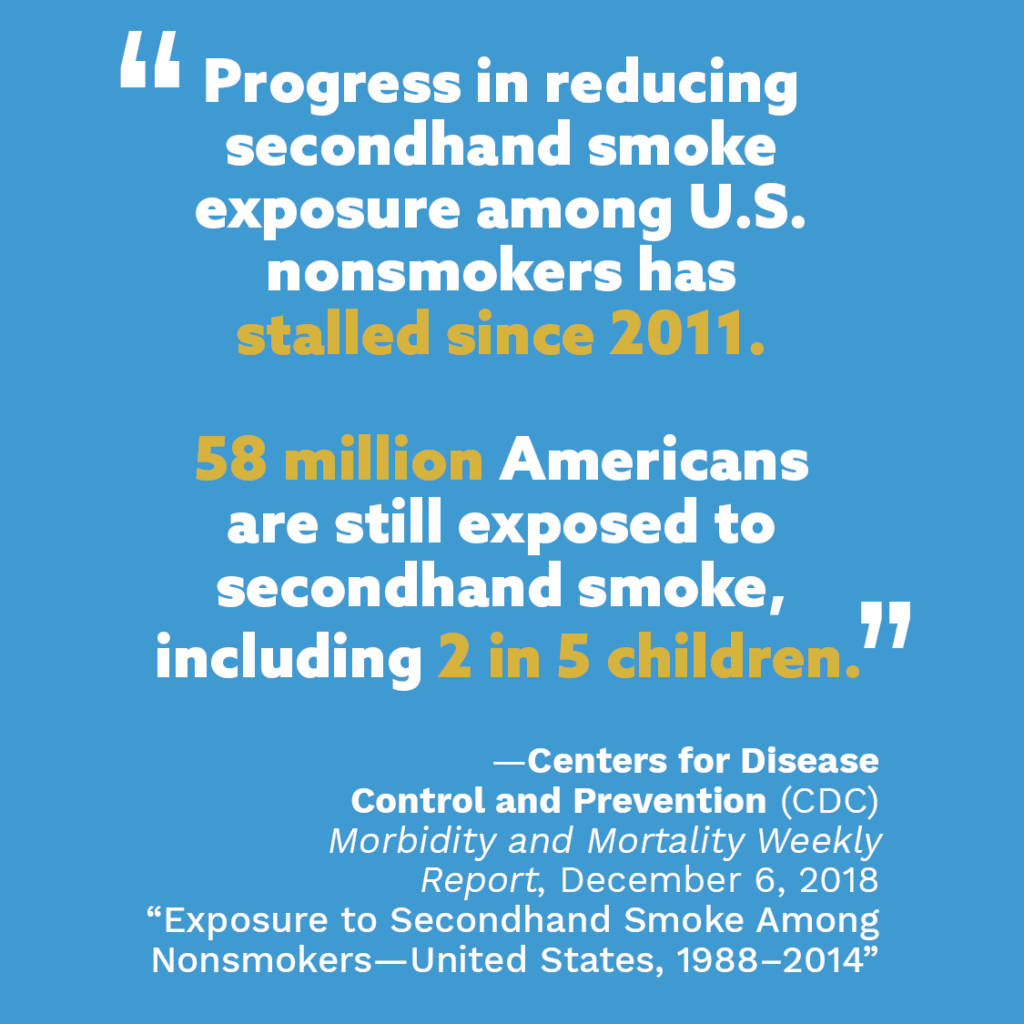
Nevada is the only U.S. state without any local smokefree workplace laws, despite having the ability to adopt local laws.
Current Landscape of Smokefree Protections
Gaming is Nevada’s top job sector and tax revenue source. The American Gaming Association estimates that gaming supports more than 400,000 jobs in the state. This does not include “non-gaming jobs” such as the many third-party retail and service industry jobs housed within large smoke-filled casino complexes. [5]

Who is Left Behind?
No one in Nevada is currently protected by a comprehensive smokefree workplace law. Bar and gaming/casino hospitality staff are at greatest risk given the exemptions in the statewide law.
According to a 2018 report by the American Gaming Association, the casino job sector directly employs more than 300,000 individuals in casinos across the U.S.; 166,000 people work in the more than 200 Nevada casinos. While the gaming industry touts its diversity of employees by age, race, and gender, it fails to acknowledge that these valuable, diverse employees are working in unsafe, smoke-filled work environments.
Another major employer in Nevada, McCarran International Airport (LAS) in Las Vegas (a major hub for Southwest Airlines), has indoor smoking areas in gaming lounges at almost every gate. The drifting smoke poses a health hazard to everyone working in the building and to travelers passing through as they board flights.
Poor Health Outcomes and High Costs
Tobacco use is the leading preventable cause of death in the United States. More than 480,000 people die from smoking or exposure to secondhand smoke each year. [6]
In Nevada, the smoking rate among adults is 17.6% and 6.7% for high school students, compared to national rates of 14% and 8%, respectively. Most Nevadans are nonsmokers, yet they are still forced to be secondhand smokers at work and in public places. [5]
Tobacco exacts a toll in Nevada–4,050 Nevadans die each year of tobacco-related illness. Annual health care costs in the state directly caused by tobacco use are $1.08 billion. [4]
Secondhand smoke exposure causes heart disease, stroke, and lung cancer among adults, as well as respiratory disease, ear infections, sudden infant death syndrome, more severe and frequent asthma attacks, and slowed lung growth in children. [6,7]
Beyond secondhand smoke exposure, nonsmokers exposed to thirdhand smoke in a casino are at an ever higher risk than those in a thirdhand smoke-polluted home. [8] Further, hospitality workers and children are susceptible to thirdhand smoke exposure, as the particles cling to hair, clothing, and cars. Young children are particularly vulnerable because they can ingest tobacco residue by putting their hands in their mouths after touching contaminated surfaces. [9]
Smokefree laws help to reduce adult smoking prevalence and prevent youth and young adult smoking initiation. [6,7]
Those most likely to be exposed to secondhand smoke work in the hospitality industry and are more likely to identify as a racial minority.
Nevada has a partial statewide smokefree law approved at the ballot by voters in 2006. Non-hospitality workplaces and restaurants must be smokefree, but bars and gaming areas are exempt, leaving nearly all of the state’s hospitality workforce exposed to secondhand smoke in their workplace. Many people working in restaurants and in the non-hospitality industry are still exposed to secondhand smoke because their jobs are located within larger buildings such as casino resort complexes, where smoking occurs indoors.
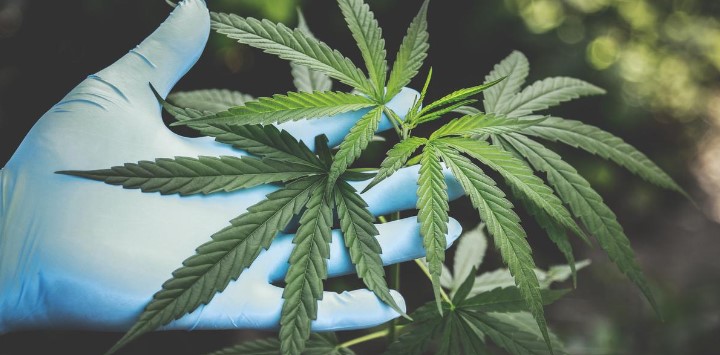
New Challenge: Secondhand Marijuana Smoke
Nevada voters legalized recreational, adult use marijuana in 2016. Nevada has legalized on-site marijuana smoking lounges. These venues can also serve food under state guidelines. This may blur the line of what is a smokefree restaurant vs a smoking lounge with food service. Secondhand marijuana smoke is a health hazard for nonsmokers. Just like secondhand tobacco smoke, marijuana smoke is a potent source of PM 2.5 fine particulate matter. Marijuana secondhand smoke impacts cardiovascular function; it contains thousands of chemicals and at least 33 carcinogens.

Secondhand smoke is the #1 health hazard for the casino workforce
Ventilation is not a Solution
SURGEON GENERAL
The 2006 U.S. Surgeon General’s Report, The Health Consequences of Involuntary Exposure to Secondhand Smoke, concluded that separating smokers from nonsmokers, air cleaning technologies, and ventilating buildings cannot eliminate secondhand smoke exposure, stating that conventional air cleaning systems cannot remove all the poisons, toxins, gases, and particles found in secondhand smoke. And heating, ventilation, and air conditioning systems can in fact distribute secondhand smoke throughout a building. The report affirms that there is no safe level of exposure to secondhand smoke. Even a little exposure causes significant health risks such as heart disease, stroke, and cancer. [10]
ASHRAE
The American Society of Heating, Refrigerating and Air-Conditioning Engineers (ASHRAE), the national standard-setting body for indoor air quality, including ventilation issues, is in agreement that casino ventilation systems do not and cannot address the health hazards of secondhand tobacco or marijuana smoke, or secondhand aerosol from e-cigarettes. [11]
NIOSH
Indoor air quality assessments conducted by the National Institute for Occupational Safety and Health in smoke-filled casinos and cotinine biomarker tests with casino workers proved that there is significant exposure to secondhand smoke, even in casinos that tout the use of sophisticated ventilation systems. NIOSH’s conclusion: “Based on the known link between ETS [secondhand smoke] and health effects, NIOSH investigators recommend establishing casino-wide no smoking policies.” [12]
Nevada has the Largest Gaming Sector Workforce of any State
More than Gaming Venues, Casinos are Entertainment & Community Centers
Many of the top casino operators in Nevada, such as MGM Resorts, now have multiple smokefree casinos in other regional markets (and have invested billions of dollars into smokefree indoor air properties). Given this trend, there should be more confidence that smokefree indoor air can also be part of successful casino operations in all states.
Most Las Vegas strip casinos today derive two-thirds or more of revenue from non-gambling aspects of their business such as conventions, shopping, and entertainment–a big shift from ten years ago. In fact, some top casino operators now say they are in the hospitality entertainment business, not the gaming business.
In Nevada, casino resorts are not just a workplace, they are also community gathering places. Many family-centric activities such as movies, bowling, shopping, concerts, and other entertainment are within smoke-filled casino resorts.
Nevada is by far the top convention destination in the U.S. Most visitors for meetings are nonsmokers, but they are forced to breathe secondhand smoke in buildings. A Vegas casino complex may have tens of thousands of visitors in the building for meetings on any given day. Nevada casino resort complexes are also a top destination for youth sporting events and tournaments, exposing families and kids to secondhand smoke.

Many national youth sporting events and competitions occur in Las Vegas venues where secondhand smoke is still present.

Entertainers are Exposed to Secondhand Smoke
There are at least 393 gaming establishments in Nevada, and only seven are 100% smokefree.
Casinos, race tracks and other gaming establishments are workplaces as well as public places and should also be smokefree.
In response to the COVID-19 pandemic, a handful of additional Nevada gaming venues implemented smokefree indoor policies in 2020 as part their reopening plans after deep cleaning. In Southern Nevada, Park MGM went smokefree – the first major smokefree casino on the Las Vegas strip and the seventh smokefree casino for MGM Resorts. In Northern Nevada the Gold and Silver Inn in Reno, is smokefree. The powerful Culinary Union endorsed smokefree casinos, signaling that expectations are shifting in the state. The Smokefree Truckee Meadows Campaign is working for a local smokefree law in the Washoe County area.See ANR Foundation’s Smokefree Casino and Gaming Property Directory for Nevada.
First of its kind study demonstrates that casino visitors, even current smokers, desire smokefree spaces.
A recent study found that 75% of U.S. adults who visit casinos favor smokefree casinos.
No prior studies have exclusively assessed adult attitudes toward smokefree casinos in the United States.
This study found very high favorability among those age >64 (81.6 %), college educated (81.7%), and higher income (79.1/80.8%). Smokers made up 13% of the sample, and, of those smokers, nearly half (45%) supported smokefree casinos. [13]
“When smoking is allowed in indoor areas of casinos, millions of nonsmoking casino visitors and hundreds of thousands of employees can be involuntarily exposed to secondhand smoke and related toxicants.” [12]
—Office on Smoking and Health, Centers for Disease Control and Prevention
The Nevada economy is diversifying, with a growing emphasis on attracting health care and other non-gaming businesses to the state, such as Tesla and Zappos. Closing gaps in smokefree indoor air protections would dramatically improve the health of the state’s workforce, improve productivity, and reduce health costs.
COVID Reminds Us That Health Promotion Policies Matter
Smoking and vaping, along with exposure to secondhand smoke and aerosols, negatively impact the respiratory system and may cause a person’s immune system to not function properly, known as being immunocompromised. Research demonstrates that current and former smokers of any age are at higher risk of severe illness from coronavirus disease (COVID) in part due to compromised immune and/or respiratory systems. Smoking leads to cardiovascular disease, as well as respiratory illnesses including bronchitis, asthma, Chronic Obstructive Pulmonary Disease (COPD), and lung cancer as a result of exposure to particulate matter, toxins, and carcinogens into their lungs. Secondhand tobacco and marijuana smoke and aerosol contain many of the same toxins, carcinogens, and particulate matter that lead to respiratory and cardiovascular diseases.
Removing masks to smoke or vape indoors undermines the proven benefit of face coverings and increases the risk of transmitting or inhaling COVID via infectious respiratory droplets, uncovered coughs, and increased touching of faces. Preventing exposure to secondhand smoke and e-cigarette aerosol or vape by adopting a smokefree policy with no smoking or vaping indoors and moving smoking or vaping to socially distanced outdoor areas away from entrances, could help mitigate worker and public exposure to carcinogens and toxins, as well as COVID.
Just as social distancing and handwashing help prevent the spread of disease, eliminating secondhand smoke is critical to prevent acute and chronic diseases, and saves lives by reducing the risk of heart disease, stroke, respiratory diseases, and lung cancer by up to 30% at a population wide level.
Going smokefree prevents exposure to the carcinogens and toxins in secondhand tobacco and marijuana smoke as well as dramatically reduces the spread of respiratory droplets that could transmit flu and other viruses like COVID.
Strategies to Close Gaps & Increase Health Equity
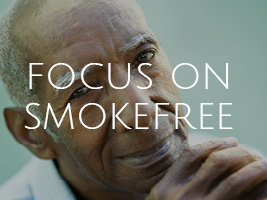
Focus on closing gaps in smokefree protections at the local and state level. Encourage more organizations, including health care related businesses and youth sporting events, to adopt national policies to only hold meetings and events in smokefree cities or in 100% smokefree facilities. There are many alternatives to Vegas that don’t require exposing meeting attendees to secondhand smoke at events or in local hospitality businesses.
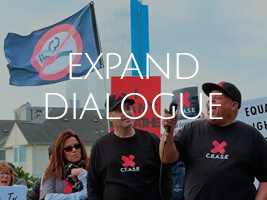
Expand dialogue on impact of secondhand smoke with community based organizations, chambers, health care providers, unions, and policymakers. Highlight that smokefree bars and gambling sector workplaces are already the norm in more than 20 other states and many localities.


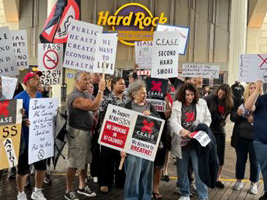
Plan for a statewide smokefree effort: Although Nevada communities have the authority to adopt local smokefree laws, there is a lack of political will to close gaps in smokefree protections due to interference from the gaming industry. The influence of tobacco and casino companies in the state legislature make efforts at the state level to strengthen the law challenging.
There is public support for smokefree air, and most Nevada residents are nonsmokers. Consideration should be given to strengthening the statewide law either through the legislature or another ballot initiative. Local control and increasing civic engagement is at the heart of our broader goal of educating the public about the health effects caused by secondhand smoke and changing attitudes regarding smoking in ways that harm other people.Ballot campaigns are always a challenge and often very expensive. Industry opponents typically have larger coffers and can afford to run large media campaigns to sway public opinion. In addition, the industry has been known to run counter initiatives designed to confuse the public and detract from the public health ballot initiative.
Nevada’s large geography makes statewide organizing a challenge and will require ample human and financial resources. To elevate a statewide campaign to the next level would require investing in community level organizing, a diverse range of partnerships representing all people impacted by secondhand smoke, and a well-planned campaign that can withstand the pressure of tobacco industry interference. The campaign should highlight worker health of those casino and bar workers being left behind, as well as emphasize broad public support for the measure and the financial benefits of going smokefree for all Nevadans.
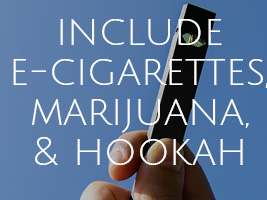
Smokefree laws should also prohibit the use of electronic cigarettes (e-cigarettes), marijuana, and hookah to prevent secondhand smoke exposure to the toxins, carcinogens, fine particles, and volatile organic compounds that have been found to compromise respiratory and cardiovascular health. [14,15]
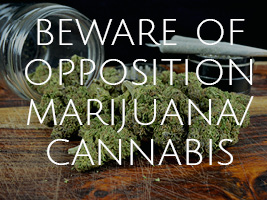
Beware of opposition from cannabis/marijuana proponents: Marijuana smoke is also a form of indoor air pollution and a hazard to nonsmokers’ health. In order for indoor workplaces and public spaces to truly be safe and healthy environments, tobacco and marijuana smoke, along with secondhand e-cigarette aerosol/vapor should be prohibited.

Invest in the future: In order to address the gaps in smokefree coverage, a great deal of effort and financial resources will need to be committed to explain the ongoing gaps in smokefree protections and the benefits of 100% smokefree environments, and to counter misinformation about the viability of ventilation systems to protect people from secondhand smoke exposure. Collaborating with and mobilizing additional community based partners who represent those individuals or classes of workers being left behind is critical to reach success. New relationships take time to build trust and develop capacity for these community leaders to address smokefree issues and counter industry opposition.
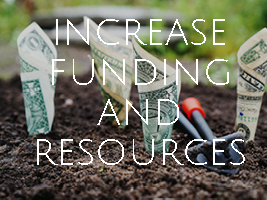
Increase funding and resources: Tobacco prevention, education, training, and cessation funds are needed to better address disparities in smoking and exposure to secondhand smoke. In addition, funds to support the implementation of a statewide law are critical to increase community awareness of and compliance with the smokefree rules.
Sources of data:
- “U.S. Environmental Protection Agency, Respiratory Health Effects of Passive Smoking: Lung Cancer and Other Disorders,” EPA/600/6-90/006F, December 1992.
- American Nonsmokers’ Rights Foundation. U.S. Tobacco Control Laws Database. Berkeley, CA. (2022).
- United Health Foundation. (2021). America’s Health Rankings Annual Report.
- Centers for Disease Control and Prevention. (n.d.). State Highlights: Nevada [from State Tobacco Activities Tracking and Evaluation System].
- American Gaming Association. State of the States: The AGA Survey of the Casino Industry, September 2018.
- US Department of Health and Human Services. The health consequences of smoking: 50 years of progress. A report of the Surgeon General. Atlanta, GA: US Department of Health and Human Services, CDC; 2014.
- US Department of Health and Human Services. Preventing tobacco use among youth and young adults. A report of the Surgeon General. Atlanta, GA: US Department of Health and Human Services, CDC; 2012.
- Matt, Dr. Georg (2018). Smoking Bans May Not Rid Casinos of Smoke. US News and World Report.
- Matt, G E, Quintana PJ E, Hovell MF et. al. (2004). Households contaminated by environmental tobacco smoke: sources of infant exposures. British Medical Journal: Tobacco Control.
- The Health Consequences of Involuntary Exposure to Tobacco Smoke: A Report of the Surgeon General. Atlanta: U.S. Department of Health and Human Services, Centers for Disease Control and Prevention, National Center for Chronic Disease Prevention and Health Promotion, Office on Smoking and Health, 2006 [accessed 2018 Mar 22]
- ASHRAE Position Document on Environmental Tobacco Smoke.
- National Institute for Occupational Safety and Health (NIOSH) Environmental and Biological Assessment of Environmental Tobacco Smoke Exposure Among Casino Dealers, Chandran Achutan, PhD, Christine West, RN, MSN, MPH, Charles Mueller, MS, Yvonne Boudreau, MD, MSPH, Kenneth Mead, PhD, PE. Health Hazard Evaluation Report, HETA 2005-0076; 2005-0201-3080 Bally’s, Paris, and Caesars Palace Casinos, Las Vegas, Nevada, May 2009.
- Michael A. Tynan, BA1 ; Teresa W. Wang, PhD1; Kristy L. Marynak, MPP1; Pamela Lemos, MS1; and Stephen D. Babb, MPH1, Attitudes Toward Smoke-Free Casino Policies Among US Adults, Centers for Disease Control and Prevention Office on Smoking and Health, Public Health Reports, 2017 [accessed 2019 Mar 21].
- Grana, R; Benowitz, N; Glantz, S. “Background Paper on E-cigarettes,” Center for Tobacco Control Research and Education, University of California, San Francisco and WHO Collaborating Center on Tobacco Control. December 2013.
- Williams, M.; Villarreal, A.; Bozhilov, K.; Lin, S.; Talbot, P., “Metal and silicate particles including nanoparticles are present in electronic cigarette cartomizer fluid and aerosol,” PLoS ONE 8(3): e57987, March 20, 2013.
Related Reading:
Huang, J., King, B.A., Babb, S.D., Xu, X., Hallett, C., Hopkins, M. (2015). Sociodemographic disparities in local smokefree law coverage in 10 states. American Journal of Public Health, 105(9), 1806–1813.
Tynan, M.A., Baker Holmes, C., Promoff, G., Hallett, C., Hopkins, M., & Frick, B. (2016). State and local comprehensive smoke-free laws for worksites, restaurants, and bars — United States, 2015. Morbidity and Mortality Weekly Report, 65(24), 623-626.
[n.a.], “Tobacco industry interference with tobacco control,” Geneva: World Health Organization (WHO), 2008.
NCI Monograph 17: Evaluating ASSIST – A Blueprint for Understanding State-level Tobacco Control Evaluation of American Stop Smoking Intervention Study for Cancer Prevention Chapter 8, Evaluating Tobacco Industry Tactics as a Counterforce to ASSIST (October 2006).
July 2022
